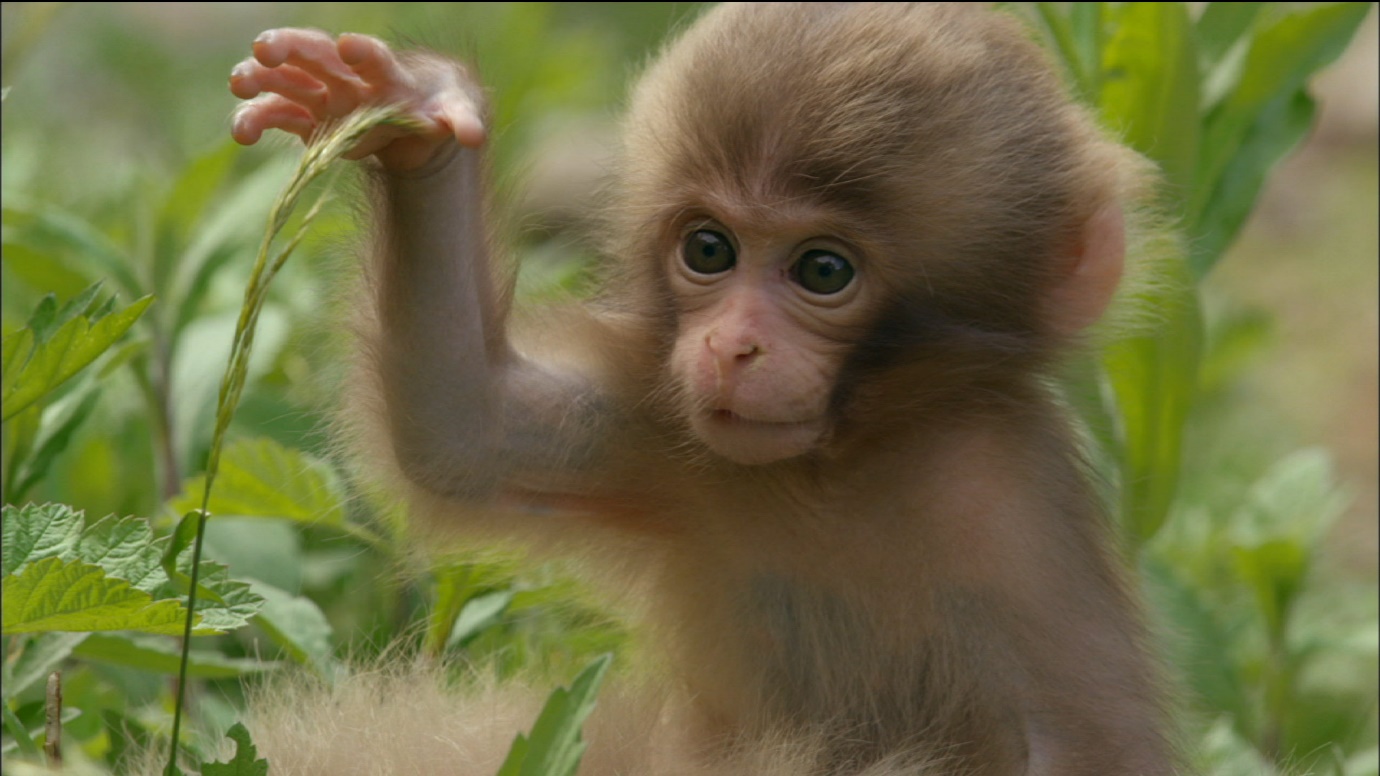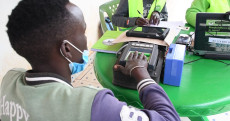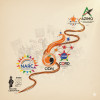- Symptoms often include fever, rash, headache, muscle aches, and swollen lymph nodes. Lesions typically develop simultaneously and evolve together on any part of the body.
The monkeys themselves? Not a whole lot. Monkeypox, or rather Mpox, is a viral disease of primates caused by the Mpox virus, a species of the genus Orthopoxvirus.
The virus was first spotted in 1958 among a colony of monkeys used for research that was imported to Denmark. Monkeys likely have nothing to do with the disease. They can, however, get an infection with the same effects.
The name, instead, likely comes from monkeys' association with skin lesions identical to those in smallpox – so the scientists called it Monkeypox. And pox, if you’re wondering, is a variant spelling of pocks, the plural of the old English pock, or ‘pustule’.
More than a decade after the first spot, the first human case of monkeypox was identified. It was diagnosed in a child in the Democratic Republic of Congo in 1970. The disease is Zoonotic, meaning humans catch the virus from infected animals or humans.
The strain from the recent outbreak in DRC has affected 25 out of 26 provinces, including urban areas. "People living in forested areas that come into contact with those small animals occasionally get infected," said Jimmy Whitworth, an infectious disease expert. ‘That’s the normal way in which we see human cases’.
This hypothesis is supported by an outbreak of Monkeypox in the US in 2003. The cases were linked to prairie dogs exposed to a Gambian pouched rat imported from West Africa. People usually become infected through contact with skin lesions or bodily fluids of infected humans or animals, including respiratory droplets or through contact with materials contaminated with the virus.
Symptoms often include fever, rash, headache, muscle aches, and swollen lymph nodes. Lesions typically develop simultaneously and evolve together on any part of the body.
Through the PS for Public Health and Professional Standards in the Ministry of Health Ms Mary Muthoni Muriuki, Kenya has issued an advisory to all counties and all points of entry at airports and seaports outlining how healthcare workers can detect cases of the virus.
As per the Africa Centre for Disease Control and Prevention Data, about 8,479 cases and 401 deaths from Mpox have been reported since January 2024. DRC is currently considered a hotspot, with tens of thousands of people infected as of June.
Experts are warning that the new strain of the virus poses a risk of spreading to several African countries. Mpox is a potentially fatal disease grouped into two: the new strain, Clade 1, which is more severe, and Clade 2, which is less deadly.
"We don’t know which species carry monkeypox in the wild. Scientists believe they are contained within West and Central Africa," said the World Health Organisation.
There is a vaccine for Mpox, JYNNEOS, which is a 2-dose vaccine. Kenya should implement stringent measures to mitigate the outbreak if it is imported.












